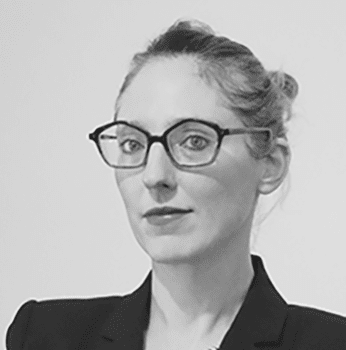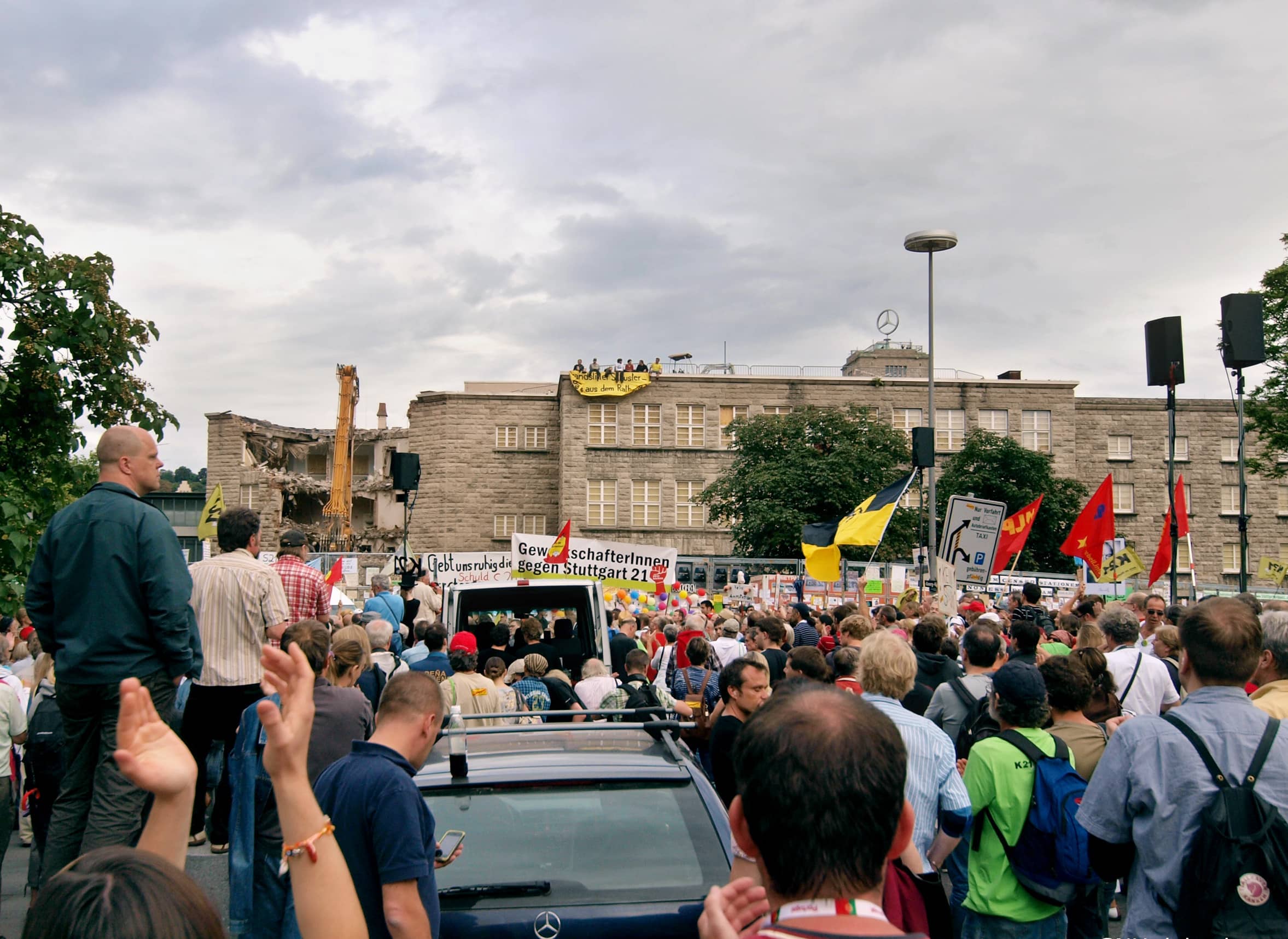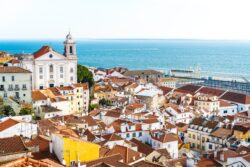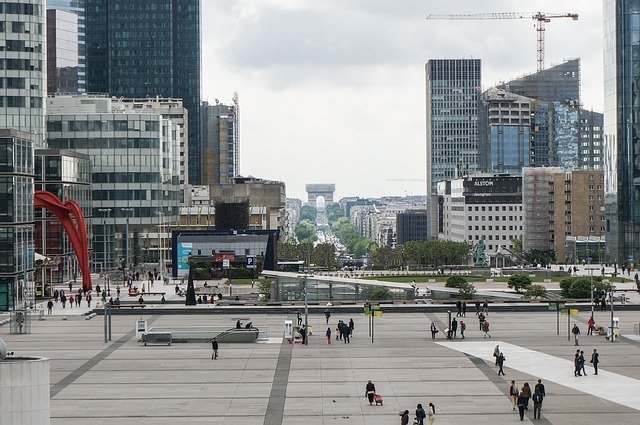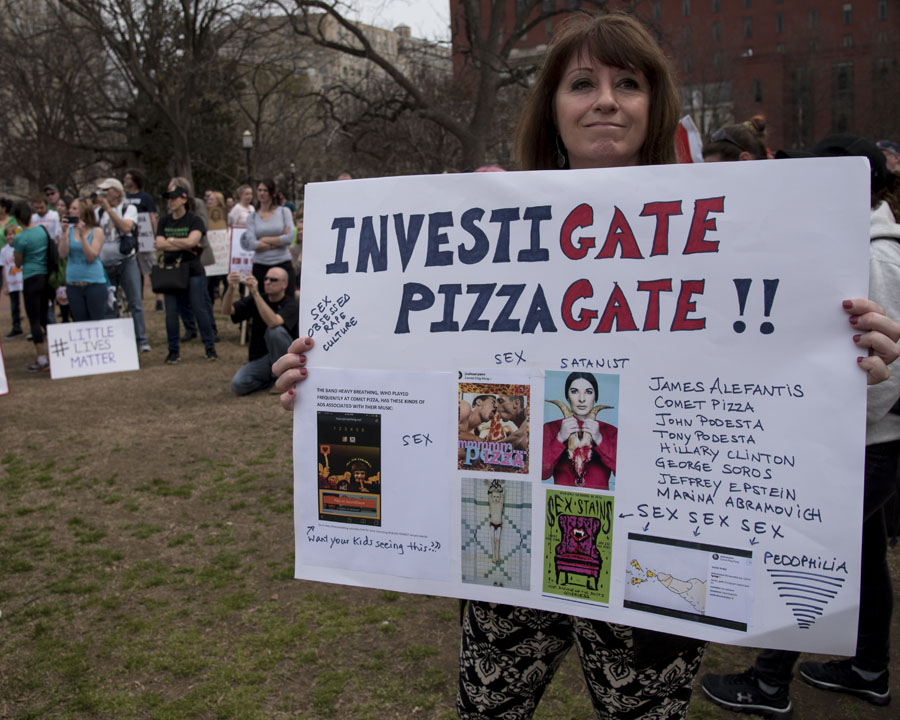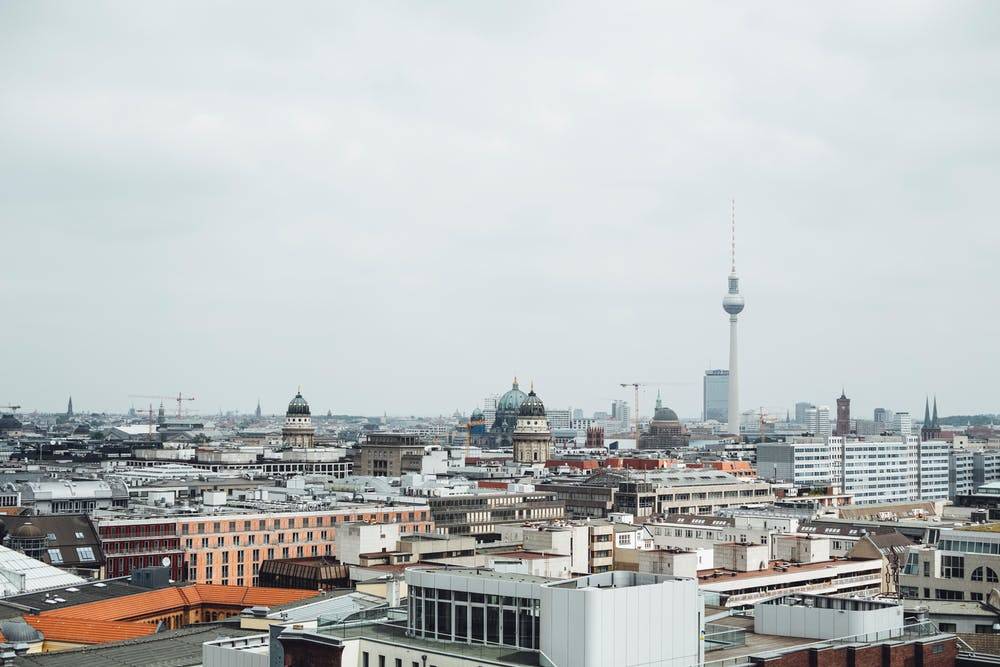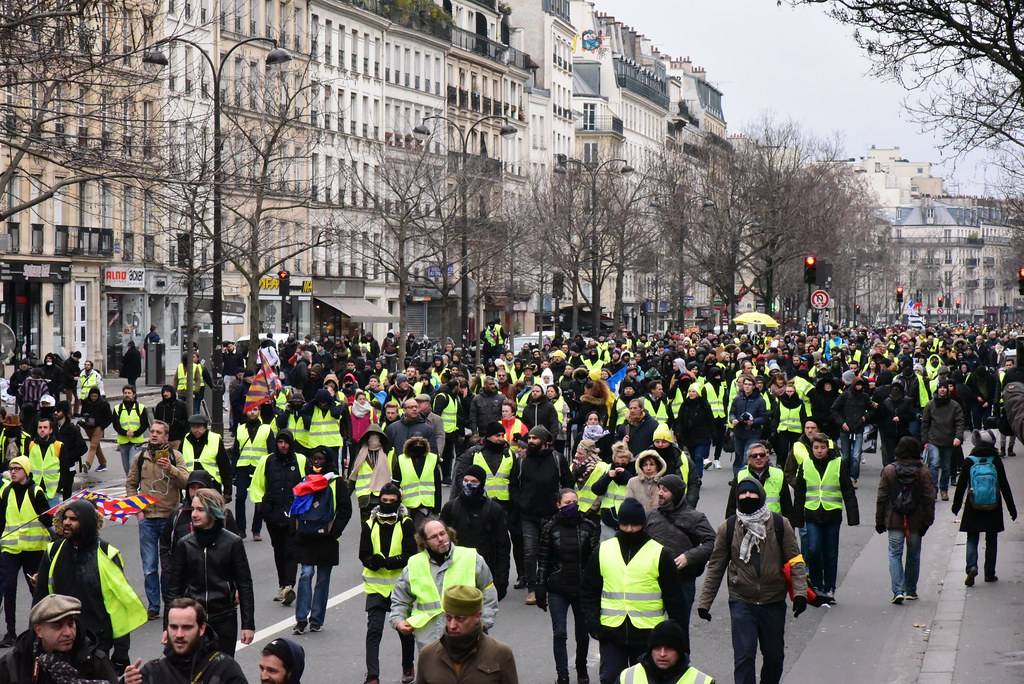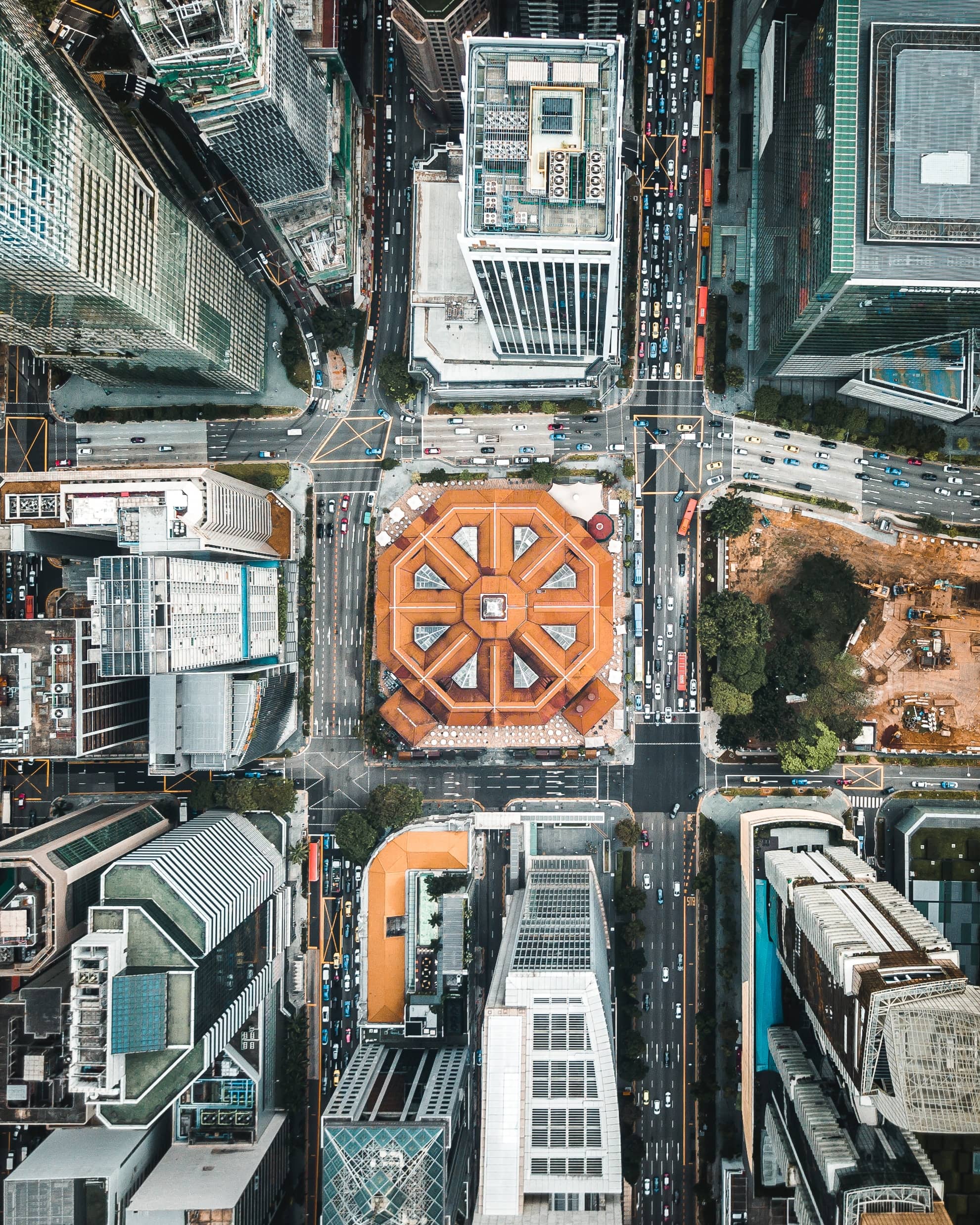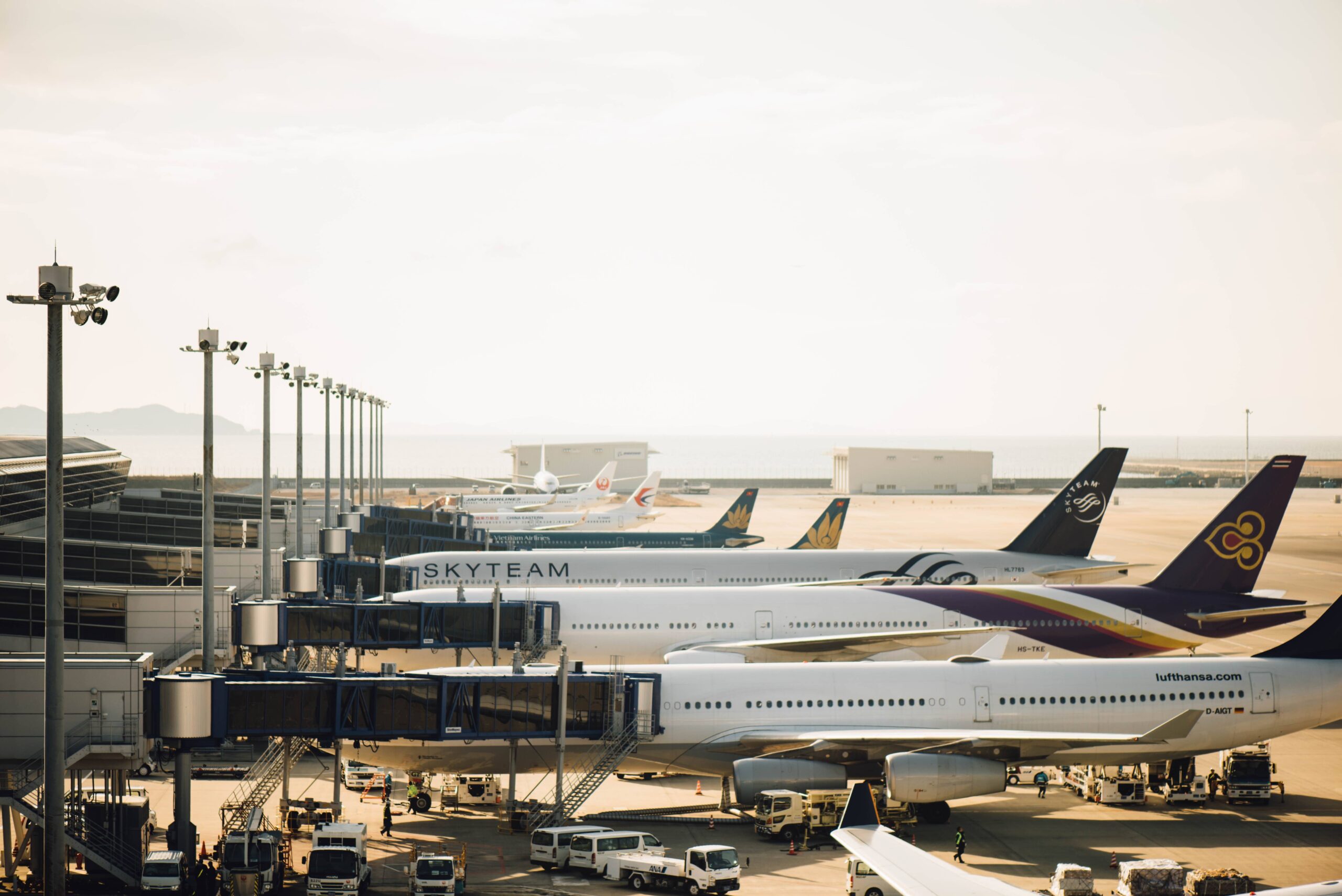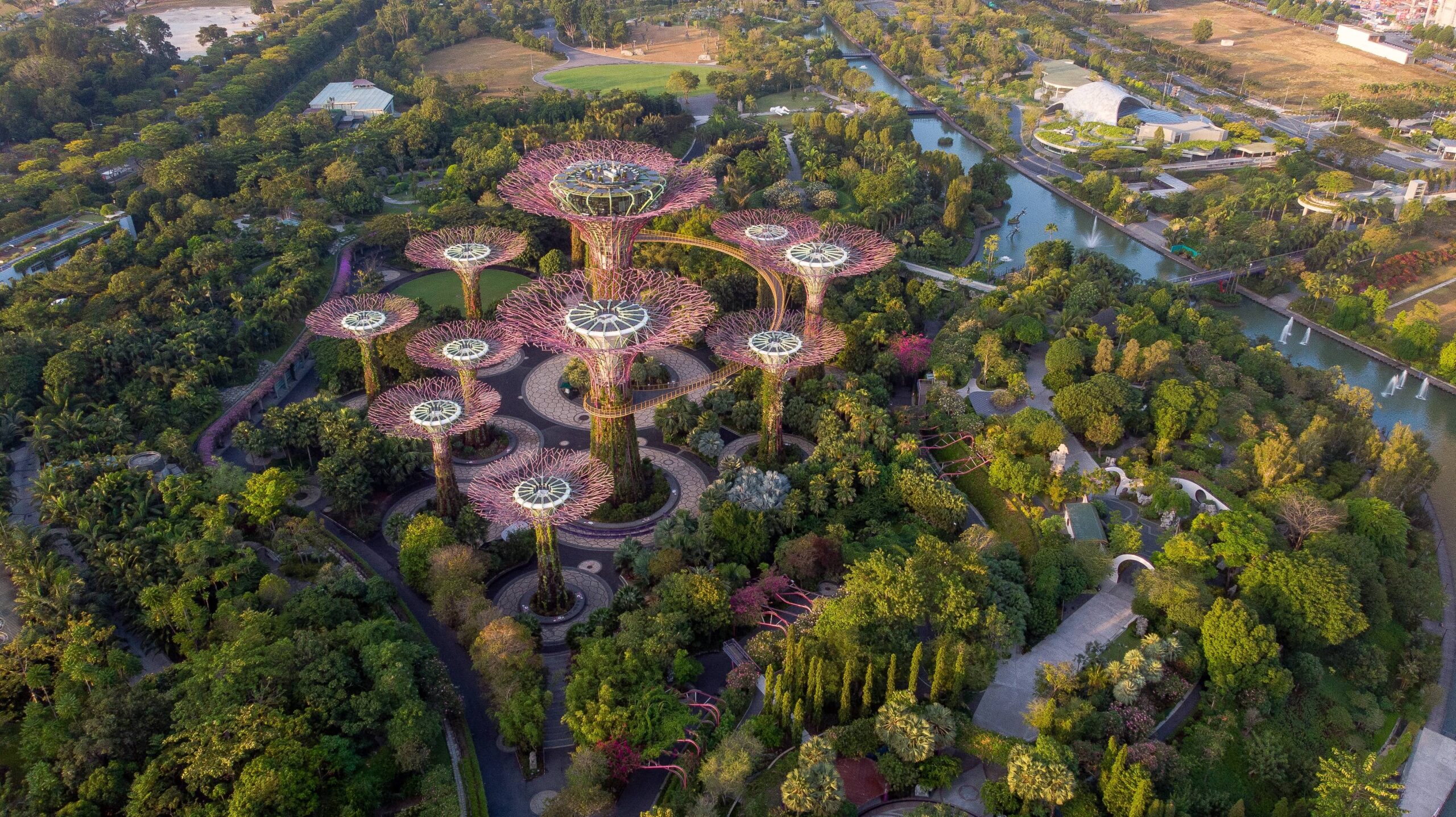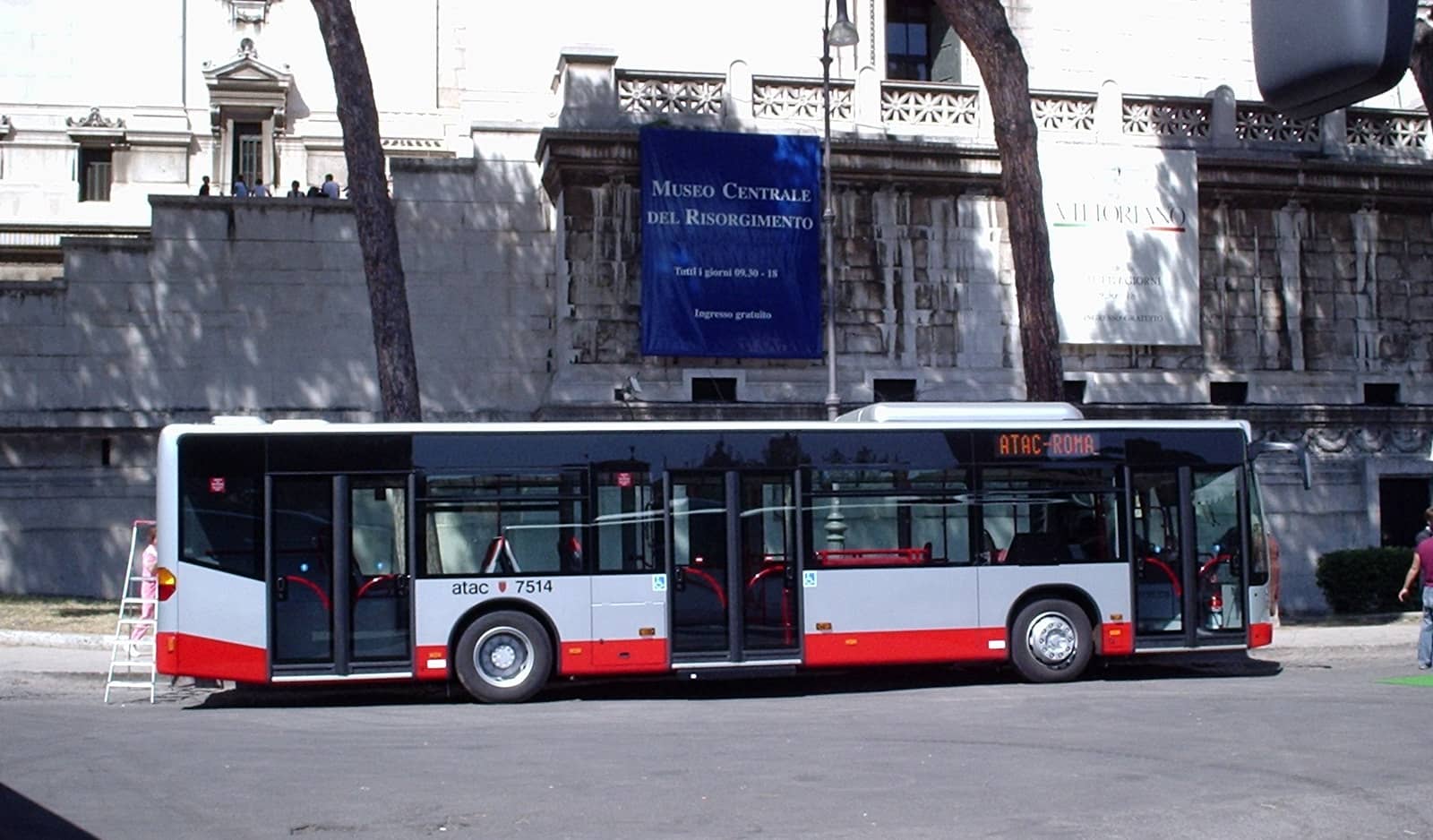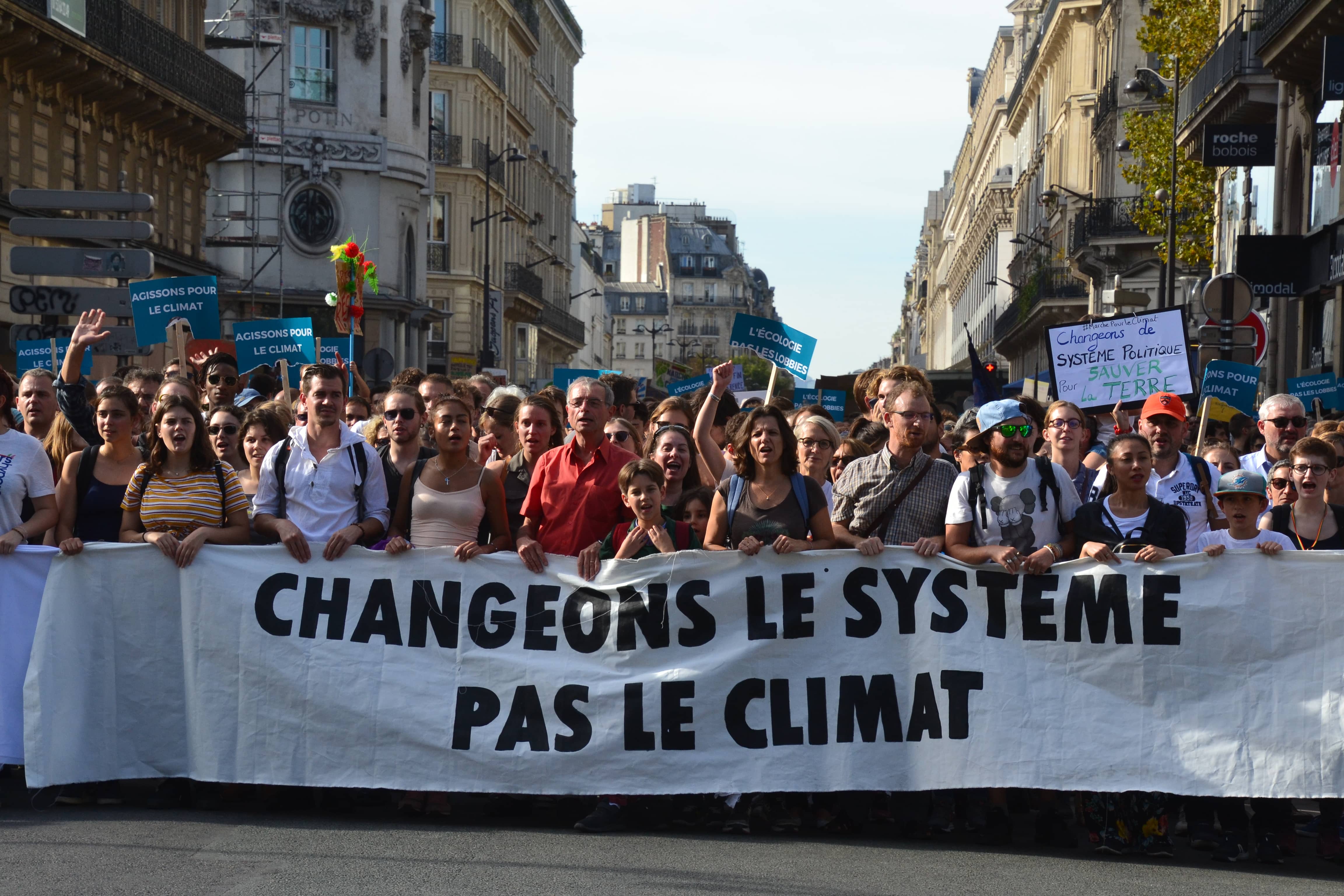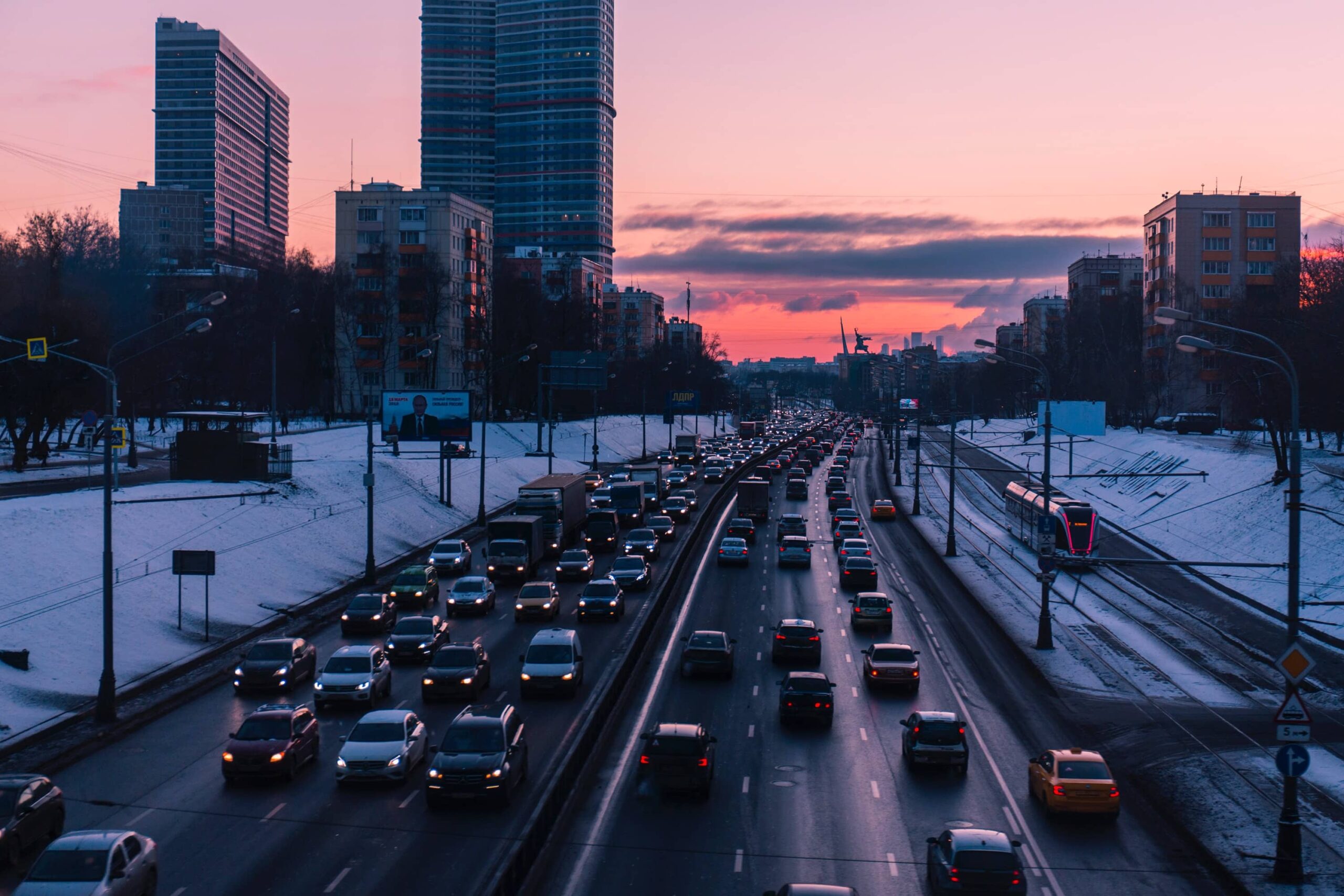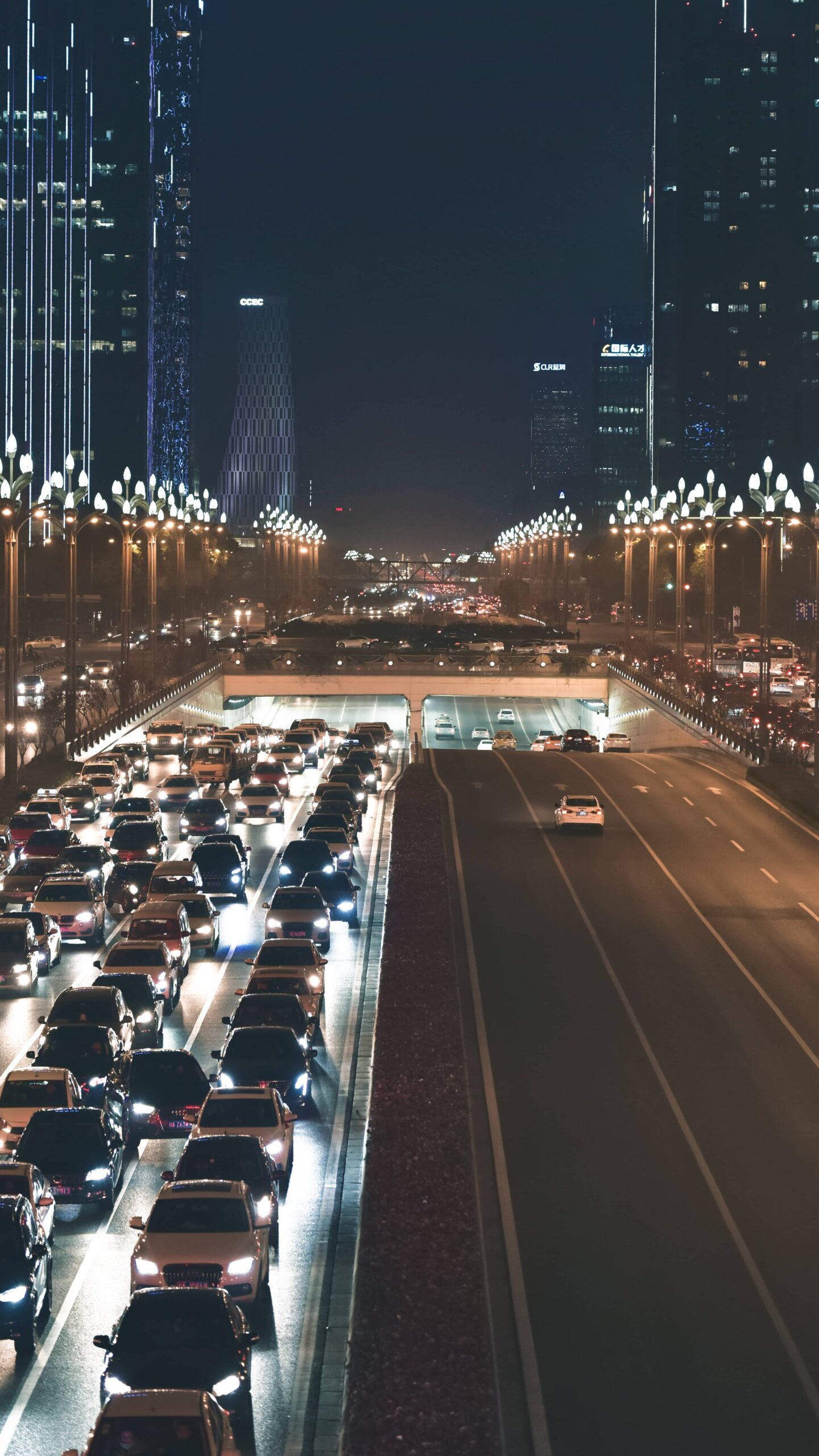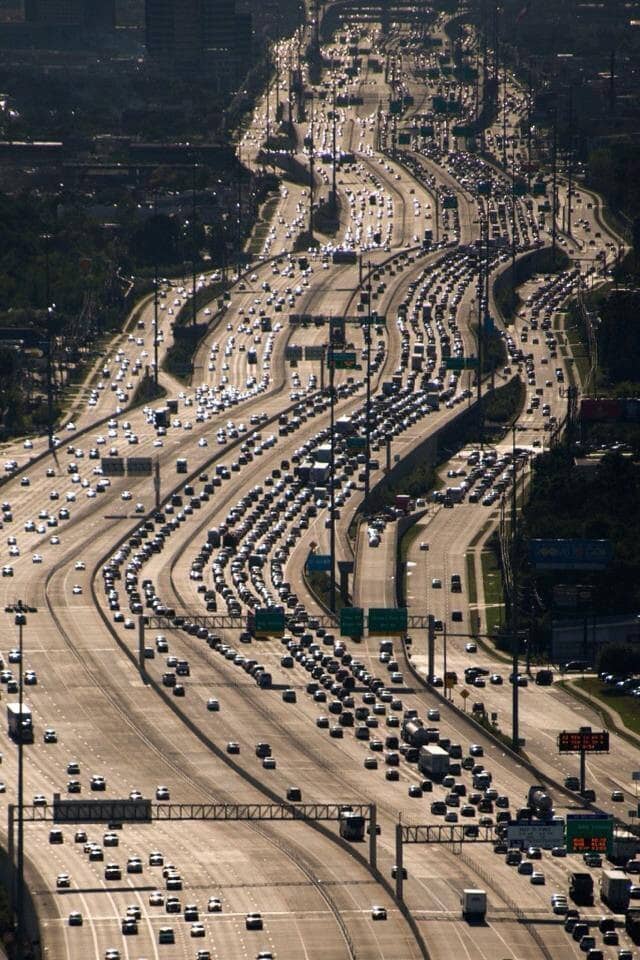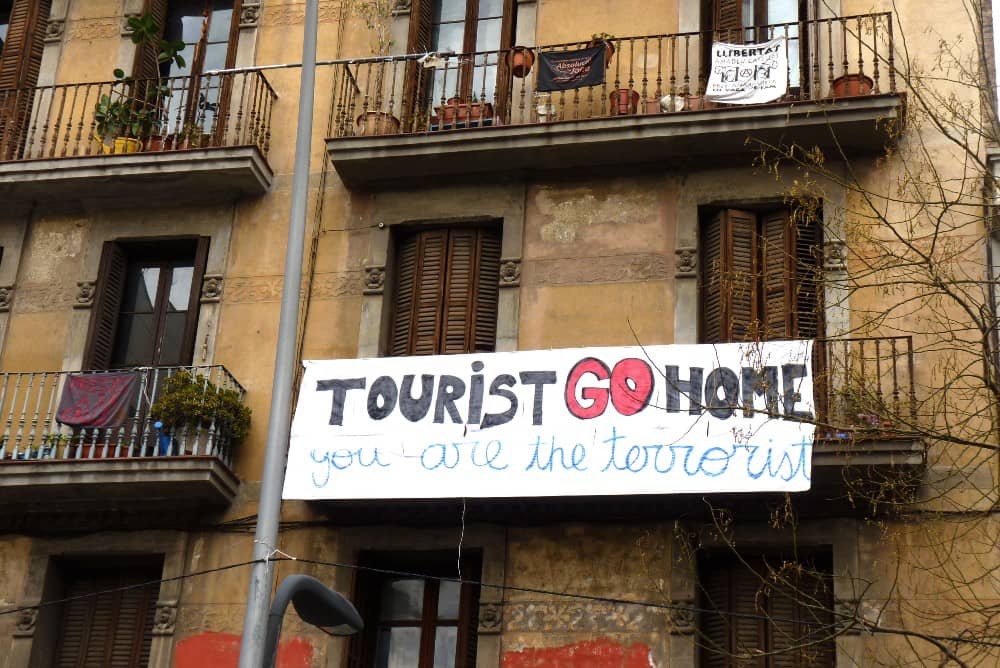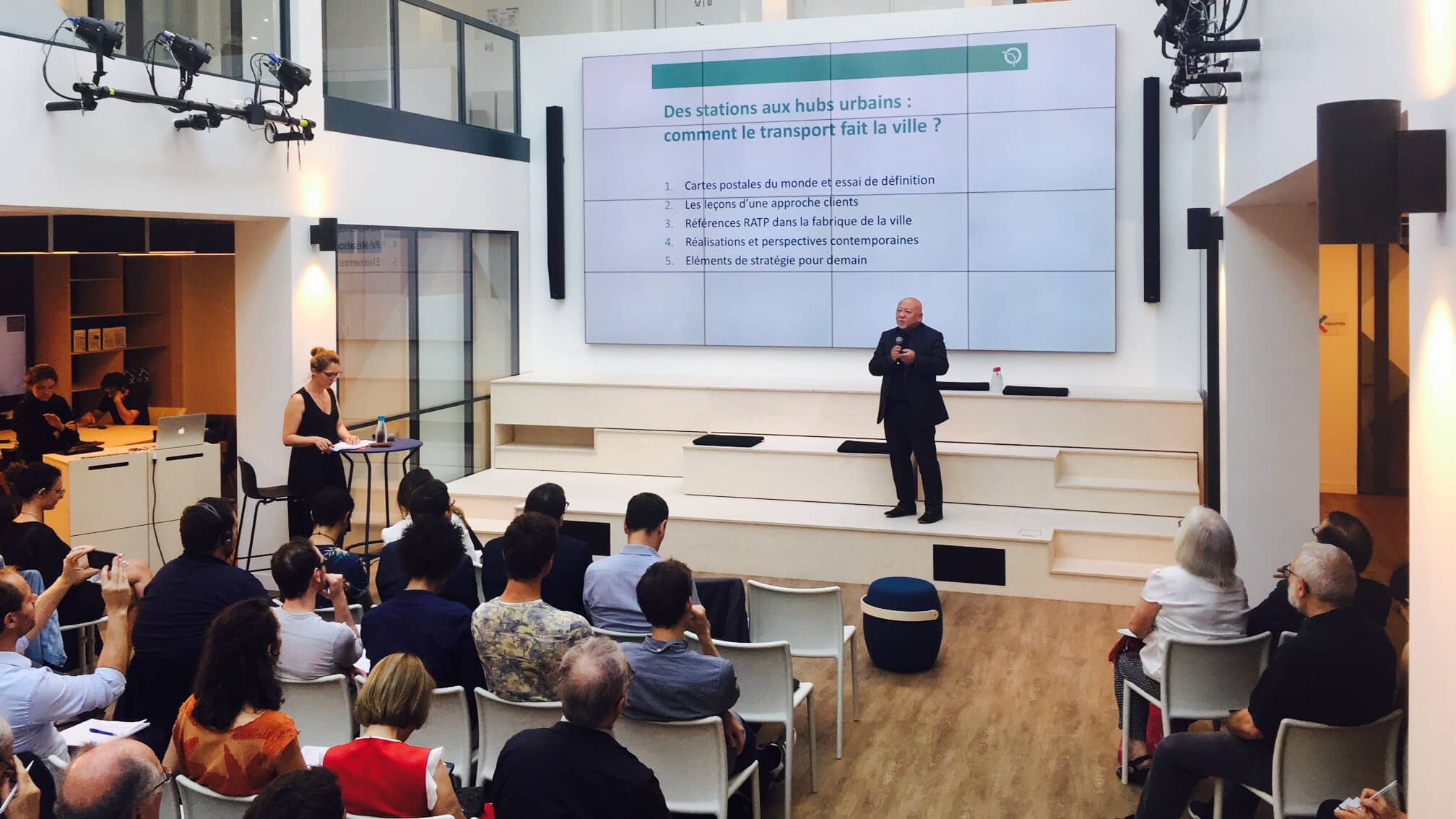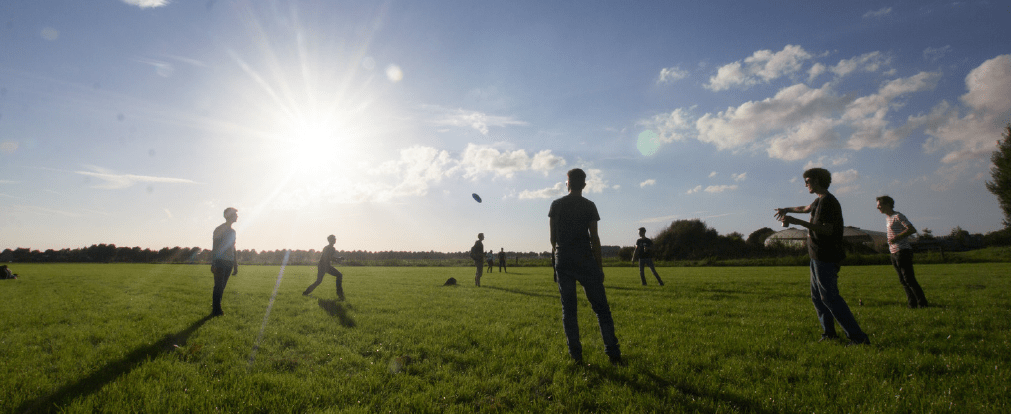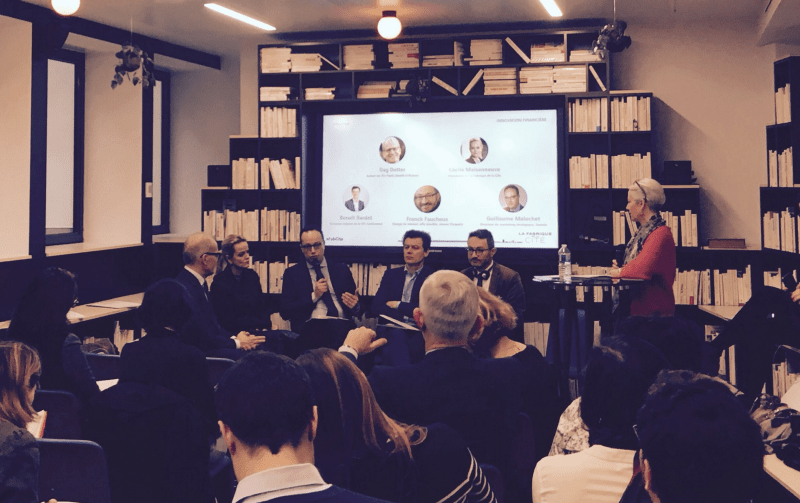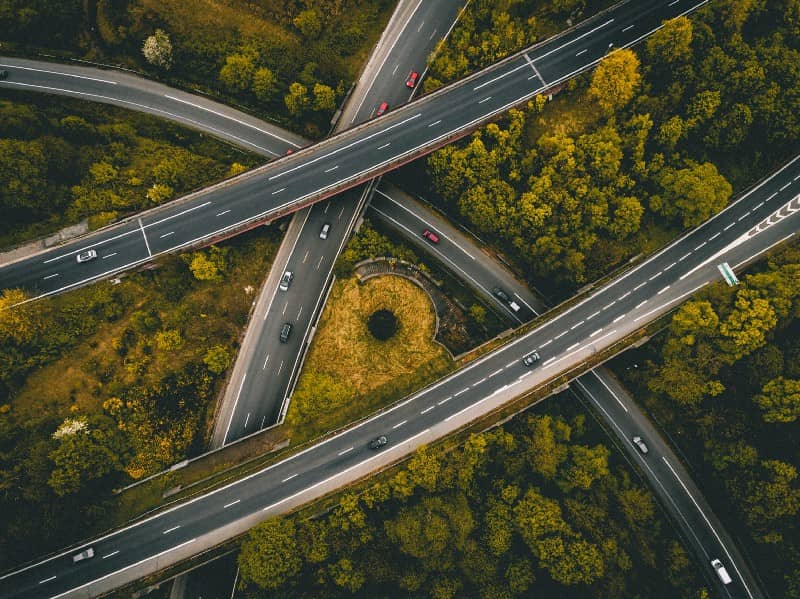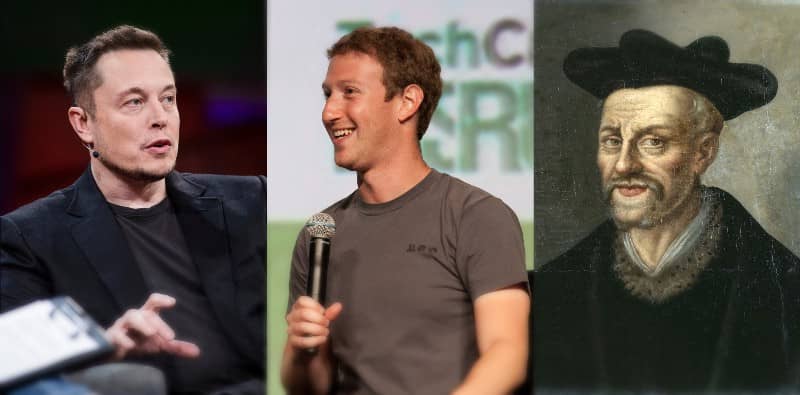

Infrastructure project seeks development project
“Game over for EuropaCity…” and time for a “Zone to Defend” in the area of the Triangle de Gonesse? If the highly controversial commercial and leisure mega-complex project was abandoned in November 2019 and the developments of the Triangle de Gonesse has not been decided yet, activists set up a “Zone to Defend” there last weekend to prevent the construction of the metro tracks of line 17 of the Grand Paris Express planned for spring 2021.
This new “Zone to Defend” highlights three different issues: the first, of a general nature, is that it tends to be an exceptional mode of expression of opposition no longer; the second, directly related to the territory, is the real difficulty of having a clear vision for these 280 hectares at the heart of a strategic zone disputed by different actors whose projects seem irreconcilable. On the one hand, a project for the preservation of agricultural land renowned for its agronomic quality through the development of horticultural and market gardening activities is defended by the CARMA association, supported by the Collectif pour le Triangle de Gonesse; on the other hand, an economic development project to open up an area marked by high unemployment and a lack of investment is supported by local elected officials and the Île-de-France Region through the construction of a 110-hectare mixed-use development zone, made of a mix of industrial projects, urban agriculture and public facilities, and a station of the future metro line 17.
The third issue is the one raised by the transportation infrastructure itself. By opposing the construction of the metro tracks, the activists are opposing a project whose impact on the territory they are defending is unclear. In fact, the station project, whose opening has been postponed until 2027, remains to be determined according to the project that will be selected for the Triangle de Gonesse. However, their argument is these tracks will inevitably lead to the urbanization of agricultural land. Other stakeholders are also questioning the station project, such as the National Federation of Transport Users (Fédération nationale des usagers de transports or Fnaut). “There is a real risk of building a station in the middle of nowhere, in a field,” explains Marc Pélissier, president of the Fnaut Ile-de-France in a letter sent to the French Prime Minister Jean Castex. The question has to be asked: does the abandonment of one of the (major) development projects it serves and the absence of an alternative project call into question the relevance of an entire metro line? What is thus revealed through these very different types of contestation is the link between infrastructure projects and development projects and their necessary articulation.
These other publications may also be of interest to you:
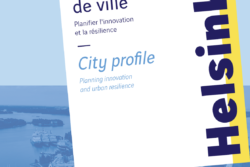
Helsinki : Planning innovation and urban resilience

Toronto: How far can the city go?

Inventing the future of urban highways
“Dig, baby, dig”
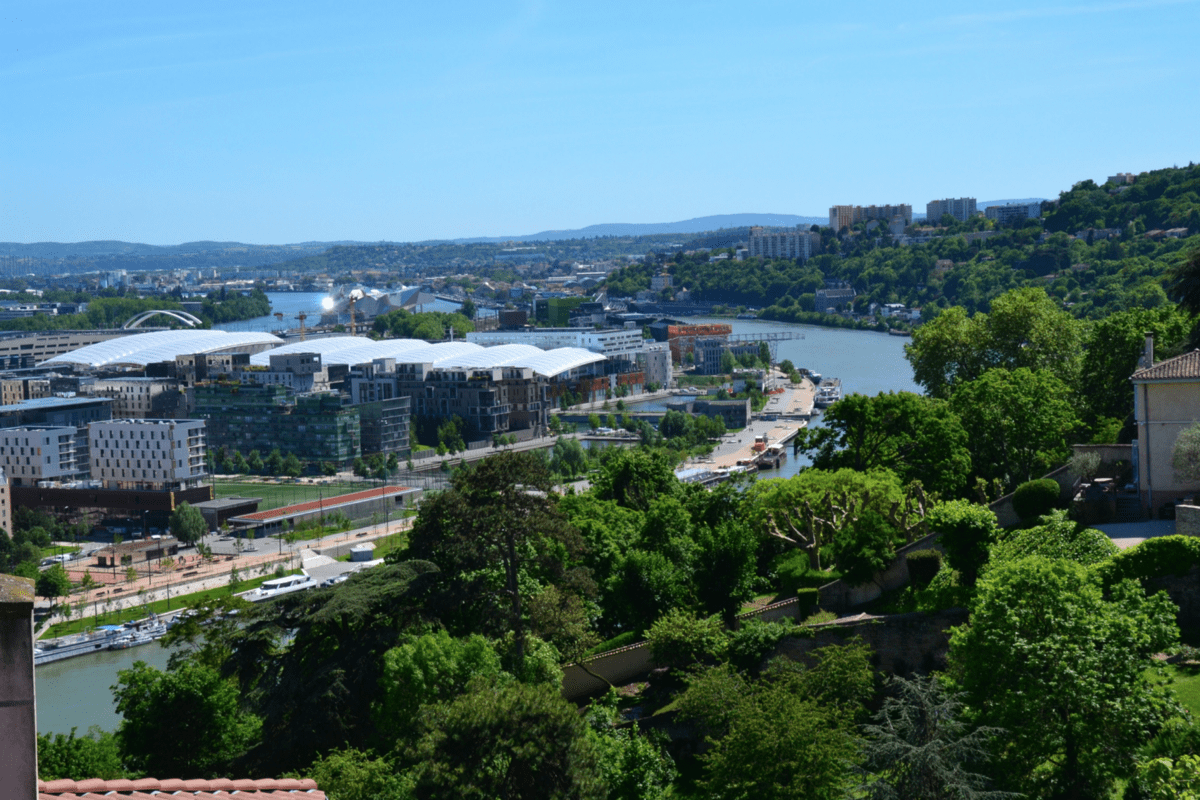
The Public Wealth of Cities

Berlin Focus
La Fabrique de la Cité
La Fabrique de la Cité is a think tank dedicated to urban foresight, created by the VINCI group, its sponsor, in 2010. La Fabrique de la Cité acts as a forum where urban stakeholders, whether French or international, collaborate to bring forth new ways of building and rebuilding cities.















